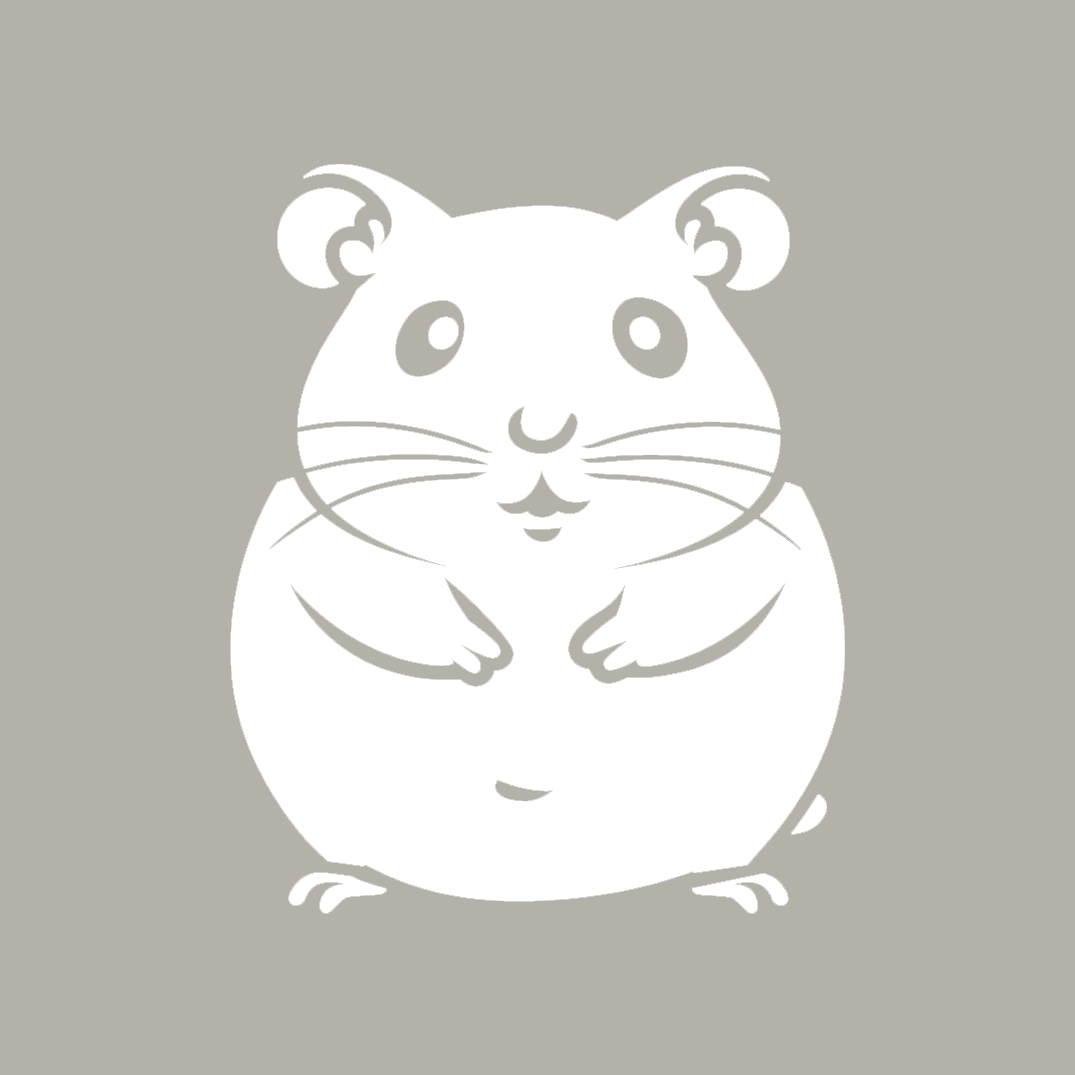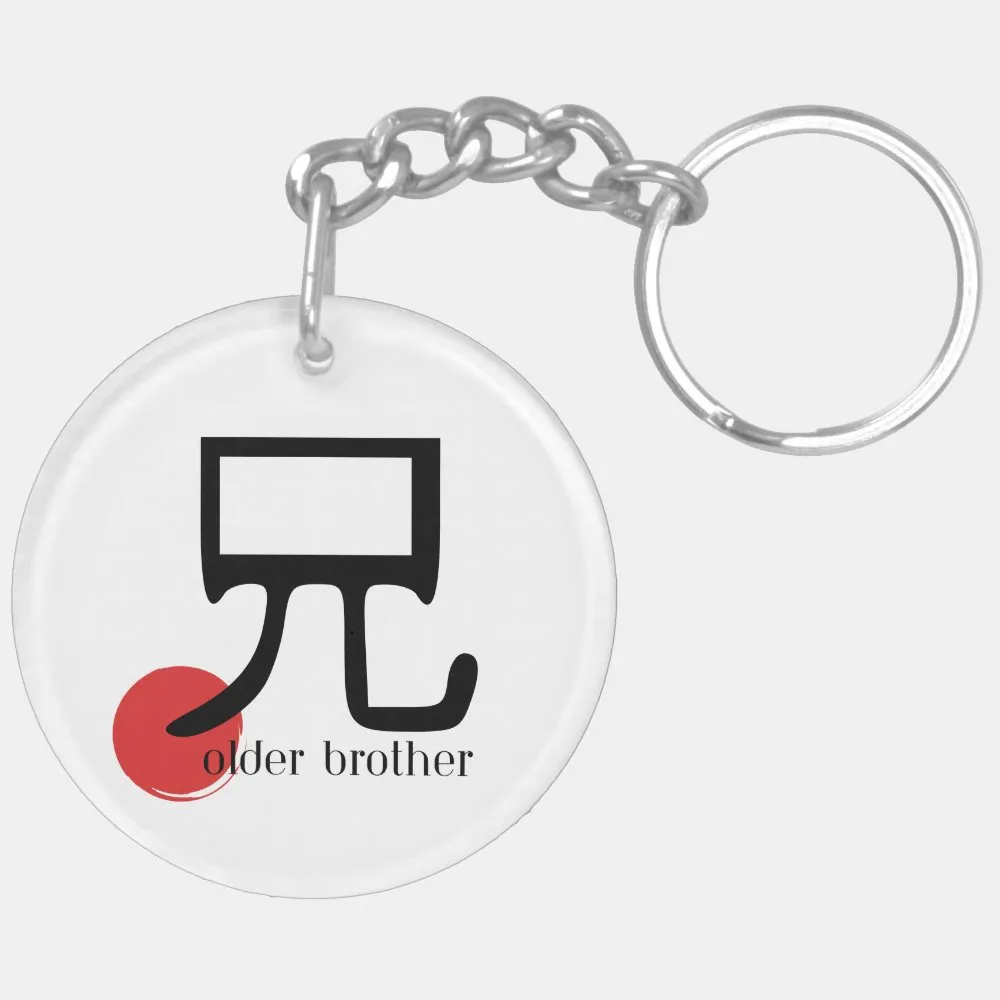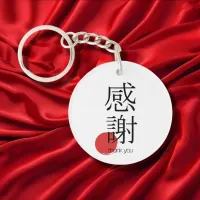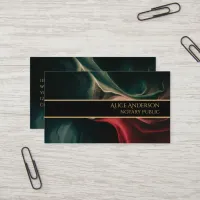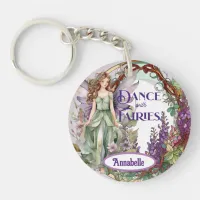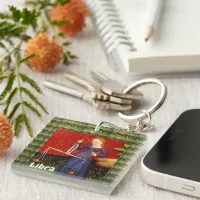Japanese Kanji Older Brother 兄 ani Symbol Keychain
Japanese Kanji Older Brother 兄 ani Symbol Keychain
Share to undefined
Quick help
The kanji for older brother, 兄, pronounced "ani," embodies a significant cultural and familial concept in Japanese society. This character does more than denote birth order; it encapsulates the responsibilities, expectations, and respect accorded to the eldest male sibling within a family structure.
Historical and Cultural Context
兄 is composed of two parts: the upper component, 口 (mouth), suggests speaking or guidance, while the lower part, 儿 (legs), indicates movement. This composition can be interpreted to symbolize the role of an older brother in guiding and leading by example, highlighting the importance of the elder sibling's role in nurturing and protecting the family.
Symbolic Meaning
In Japanese culture, the eldest son, or 兄, holds a place of respect and is often expected to take on leadership roles within the family, including caring for younger siblings and, in traditional settings, assuming family responsibilities. The character 兄 conveys not just a biological relationship but also a set of societal and familial duties that are deeply ingrained in the values of respect, duty, and care.
Use in Modern Language and Literature
兄 features prominently in Japanese language and literature, often used to express the bond between brothers or to highlight the protective and guiding role of the older brother. It appears in various expressions and compounds, such as:
- 兄弟 (kyōdai) meaning brothers or siblings.
- 兄貴 (aniki) a colloquial term for older brother, also used to refer to a senior male figure in a group or organization with respect.
Art and Calligraphy
In the realm of calligraphy, 兄 is appreciated for its aesthetic qualities and the depth of meaning it conveys. Calligraphers may emphasize the character in works that explore themes of leadership, protection, and familial bonds.
Modern Interpretations
While the traditional roles of family members have evolved over time, the reverence for the position of the older brother as a mentor and protector remains a significant aspect of Japanese culture. 兄 symbolizes the enduring values of family unity, responsibility, and the respected status of the elder sibling.
The kanji 兄, therefore, is much more than a marker of birth order. It represents a complex web of cultural expectations, respect, and the pivotal role of the older brother in shaping the family dynamics and providing support and guidance to younger siblings.

